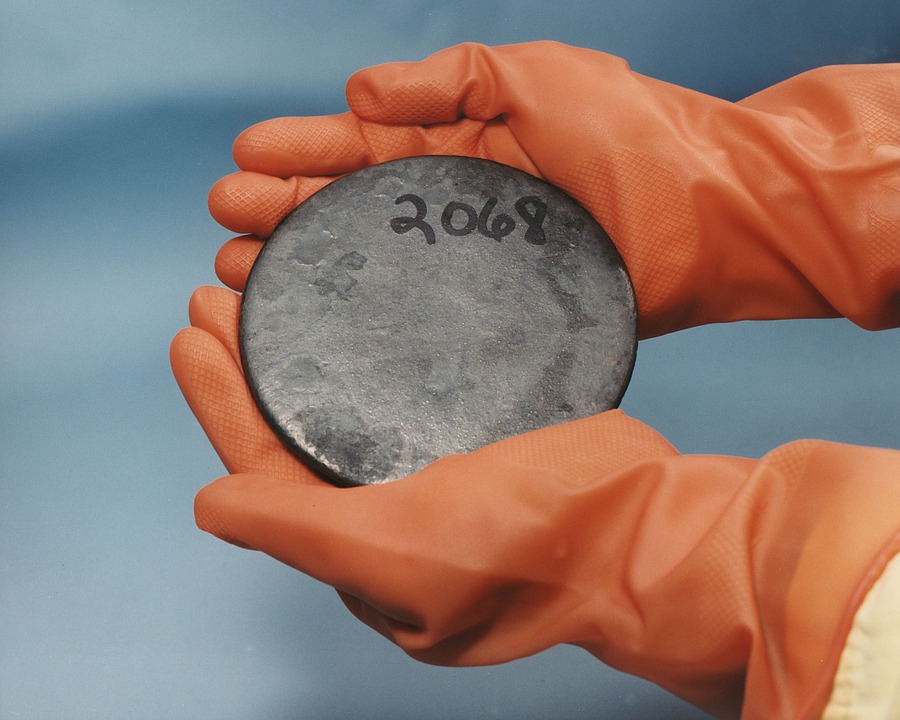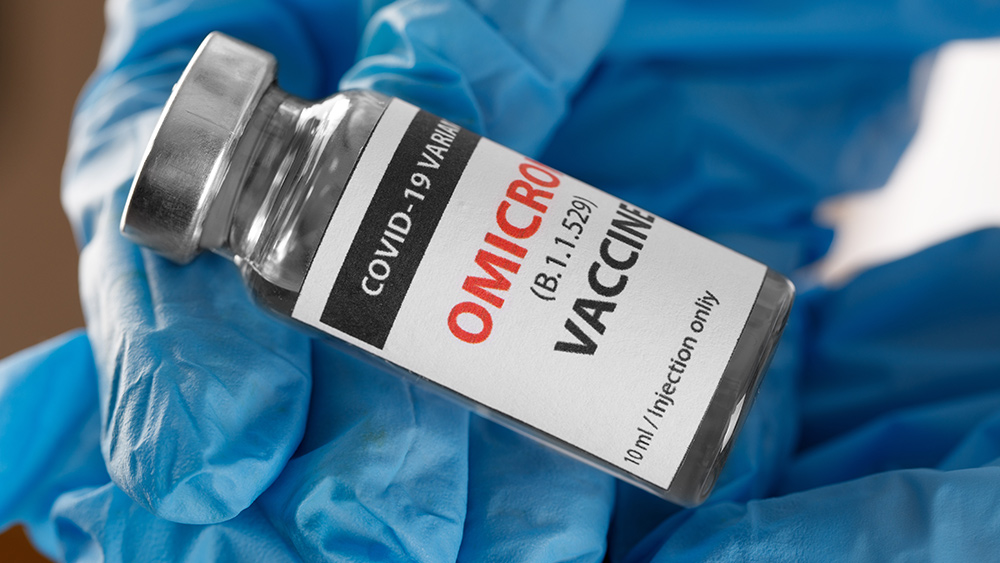The preventable plague: How man-made poisons are fueling a Parkinson’s epidemic
11/12/2025 / By Ava Grace

- Parkinson’s disease is largely a preventable illness driven by human-made environmental toxicants, according to a landmark scientific review. The focus must shift from searching for a cure to eliminating the primary causes.
- Three key classes of environmental toxicants are identified as major contributors: specific pesticides (like paraquat), industrial solvents (such as TCE and PCE) and air pollution (PM2.5).
- The disease is strongly linked to industrialization, with its prevalence being five times higher in developed nations. Rapidly industrializing countries like China and India are now seeing the fastest-growing rates.
- A critical barrier to prevention is a systemic failure in research funding. Only two percent of U.S. research on Parkinson’s is dedicated to prevention, while 60 percent of funding comes from industries with a vested interest in developing treatments.
- The most urgent solution is to remove these toxicants from the environment by banning dangerous pesticides, enforcing stricter regulations on industrial chemicals and cleaning up contaminated sites to prevent future cases.
A landmark scientific review declares that Parkinson’s disease, the world’s fastest-growing neurological disorder, is largely a preventable illness driven by human-made environmental toxicants.
The comprehensive analysis, published in the prestigious journal Lancet Neurology and led by Dr. Ray Dorsey of the University of Rochester Medical Center, demands a radical shift in focus from searching for a cure to eliminating the primary causes: pesticides, industrial solvents and air pollution. This groundbreaking work asserts that because these pollutants are introduced by humans, they can be controlled, potentially sparing millions from a debilitating fate.
From treatment to prevention
For decades, the medical and research establishment has poured resources into treating Parkinson’s symptoms and finding a cure. This new review argues that this approach has neglected the root of the problem. The evidence now overwhelmingly points to environmental factors as the dominant cause, with genetic predisposition playing a minor role in only five to 15 percent of cases. The study concentrates on three classes of toxicants that have strong scientific links to the disease, suggesting that a concerted effort to reduce public exposure could dramatically slash the number of new diagnoses.
The review highlights three types of pesticides of particular concern. Paraquat, a widely used herbicide, is one of the most dangerous, known to cause severe human toxicity. Despite this, it remains legal for use in the United States on crops like corn and soybeans. Another is Rotenone, historically used as a pesticide and piscicide. The third class is organochlorine insecticides, which include the infamous DDT. The scientific community has understood the dangers of these chemicals for decades, with public suspicion mounting even before Rachel Carson’s “Silent Spring” was published in 1962.
Perhaps even more insidious are the dry cleaning and degreasing chemicals, trichloroethylene (TCE) and perchloroethylene (PCE). These industrial solvents are well-known neurotoxicants with a long and troubling history. TCE contamination is now widespread across the nation; by the year 2000, an estimated 30 percent of U.S. groundwater was polluted with it. The human cost of this pollution is devastatingly clear in studies of service members stationed at Camp Lejeune, who were exposed to TCE and PCE in their drinking water and showed a 70 percent higher risk of developing Parkinson’s compared to counterparts at a less-polluted base.
The third major culprit is air pollution, specifically fine particulate matter known as PM2.5. Inhalation provides a direct pathway for these toxicants to reach the brain, bypassing the body’s natural defenses. This route of exposure makes air pollution a universal risk, affecting nearly everyone. The disease’s prevalence is five times higher in industrialized Canada than in sub-Saharan Africa, and rapidly developing nations like China and India are now seeing the fastest-growing rates of Parkinson’s, closely tracking their declining air quality.
A disease of modernity
Parkinson’s is fundamentally a disease of industrialization. The correlation between a nation’s level of industrial development and its rate of Parkinson’s disease is undeniable. This pattern underscores the man-made nature of the epidemic. As countries industrialize, their populations are exposed to a cocktail of new chemicals and pollutants, creating a public health time bomb. The review notes that while the risk magnitude from air pollution may be lower than from direct pesticide exposure, its global reach makes it a massive contributor to the problem.
A significant barrier to prevention is a systemic failure in research funding. An astounding 60 percent of funding for Parkinson’s research comes from the pharmaceutical, biotechnology and medical device industries, which have a vested financial interest in developing treatments, not in preventing the disease altogether. Consequently, a mere two percent of U.S. research on Parkinson’s is dedicated to prevention. This imbalance persists even though genetic studies, which receive far more attention, only explain a tiny fraction of cases.
Complicating efforts is the disease’s long latency period. Harmful exposures that occur in the womb, in early childhood, or in young adulthood may not manifest as tremors, stiffness and balance issues until decades later. A tragic example is the son of a Marine exposed to solvents at Camp Lejeune as a three-year-old, who developed Parkinson’s at just 36 years old. This delayed onset creates a false sense of security and obscures the direct link between a toxic past and a symptomatic present.
“Parkinson’s disease is a chronic, progressive neurodegenerative disorder primarily caused by the degeneration of nerve cells and a resulting dopamine deficiency in the brain,” said BrightU.AI’s Enoch. “Its main symptoms include tremor, rigidity, akinesia, bradykinesia and postural instability. While the exact cause is complex, genetic mutations and the depletion of dopamine are central to its progression.”
The conclusion is as simple as it is urgent. Parkinson’s disease, a condition once thought to be an inevitable and mysterious affliction, is now revealed to be a consequence of choices—industrial, agricultural and regulatory. By continuing to prioritize treatment over prevention, we are treating the symptoms of a poisoned population while ignoring the poison itself.
The scientific evidence is in. The power to prevent millions of cases of this debilitating disease rests on our collective will to act.
Watch this video about the “Paraquat Papers” exposing the herbicide’s deadly side effects.
This video is from the High Hopes channel on Brighteon.com.
Sources include:
Submit a correction >>
Tagged Under:
brain damaged, brain health, chemical violence, dementia, environmental factors, neurological disorder, paraquat, Parkinson's Disease, perchloroethylene, PM2.5, poison, prevention, research, rotenone, toxic chemicals, toxicants, toxins, trichloroethylene
This article may contain statements that reflect the opinion of the author




















